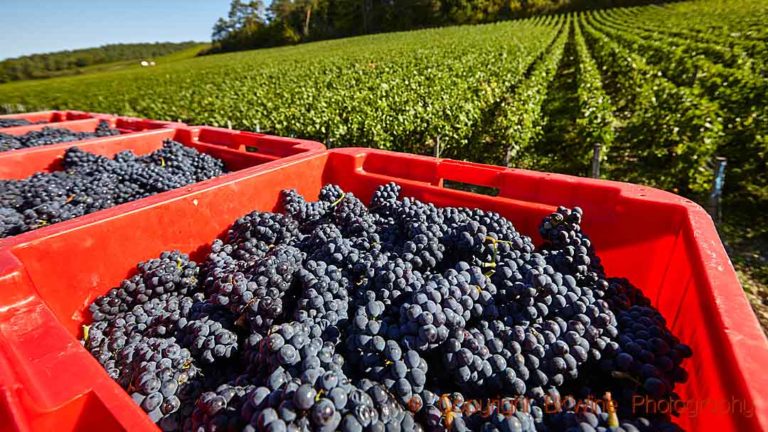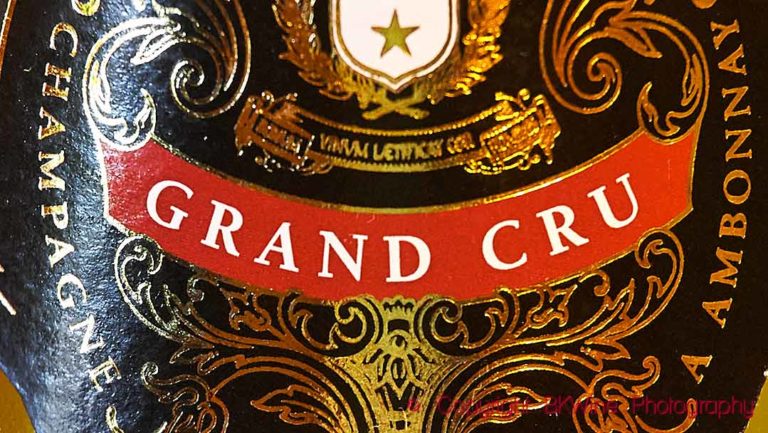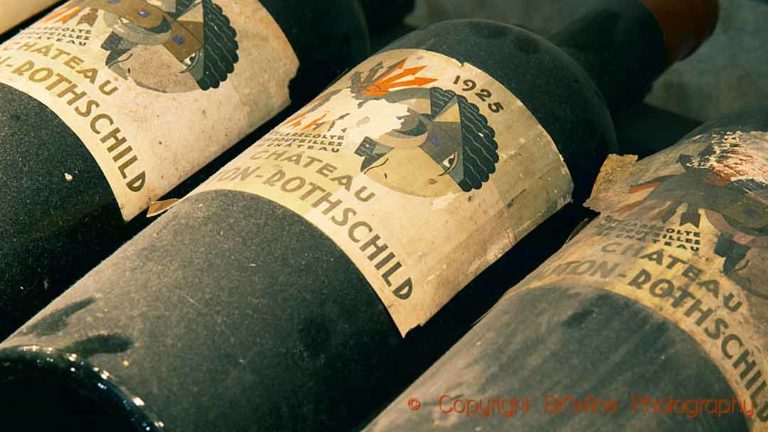It was a year that might turn even the most devout teetotaller to drink – unless their name is Trump
In 2017, we witnessed the inauguration of a Twitter-obsessed reality TV star as US President (whose grandfather came from the Pfalz wine region in Germany); the ongoing tragicomedy of North Korea; shocking events in Manchester and Las Vegas; a never-ending war in Syria; and the devastating consequences of Hurricane Harvey and the Mexican earthquake. Compared to these events, fermented grape juice becomes even more insignificant.
Nonetheless, let’s try and look to 2018 with optimism and savour the chance to enjoy some great wines with friends and family. Vintages that end in “8” can be auspicious.
BKWine Magazine guest writer Stuart George takes a look at what celebratory vintages to pull the cork on in 2018.
2008 in Bordeaux
Ten years on, the 2008 Bordeaux vintage is not seen as great but those who know what they’re doing made some good and well-priced wines. The modest Château d’Angludet excelled in 2008 because the Sichel team, fearing the inability to ripen the grapes so late in the season, thinned the crop twice, so that in the end they brought in only 30 hl/ha but it was of outstanding quality.
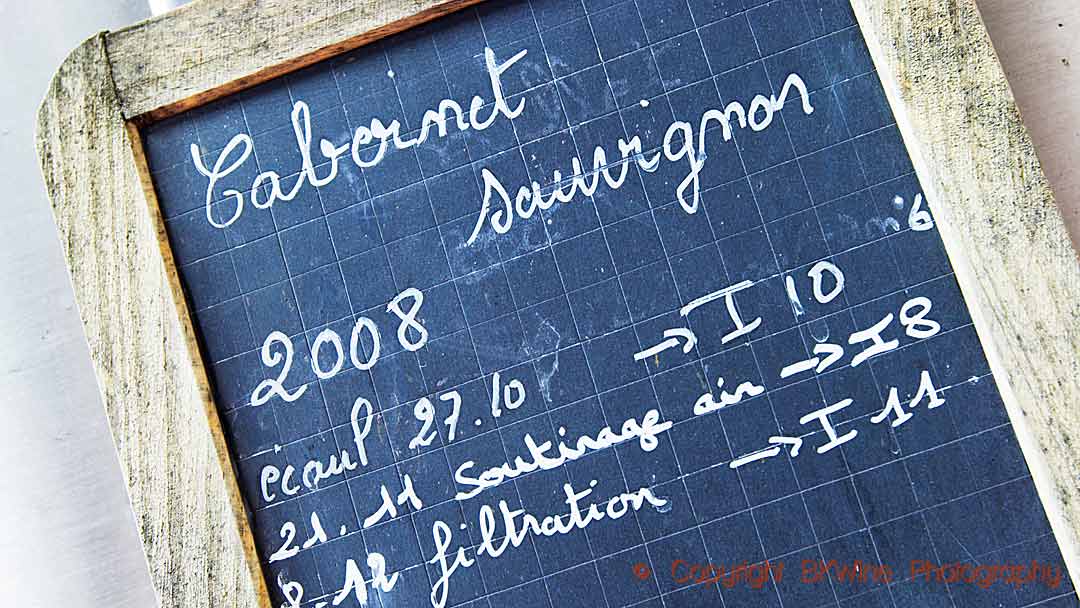
2008 in the Rhone
Rhône 2008 was tricky, with 300mm of rain – the amount that would normally fall in six months – poured on the hill of Hermitage in just 24 hours on 3rd-4th September. No Hermitage La Chapelle was made this year, so if you see one please run a mile and report it to Wine Searcher.
The Chinese milk scandal of 2008, in which milk and infant formulas were adulterated with melamine, which can cause kidney failure, is a reminder that wine fakes and forgeries are not just a financial hazard but also potentially a health hazard.
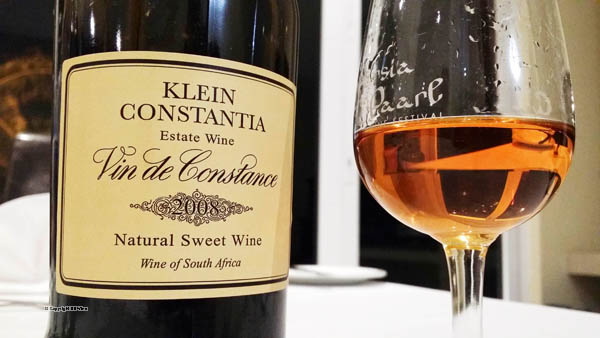
Burgundy, Champagne, Barolo… 2008
Burgundy 2008 was mixed. In the Loire, yields were reduced by spring frosts in the west and by hail in the east. Champagne was good, if not quite as good as 2002. Barolo and Tuscany produced wines that were built to last.
It was not a widely declared Port year, with many producers offering Single Quinta rather than Vintage Port, but Noval released a Vintage. California was more than ok and Australia’s fine wine regions – Coonawarra, Margaret River, and Swan Valley in particular – did well. There’s plenty of choice for a tenth anniversary.
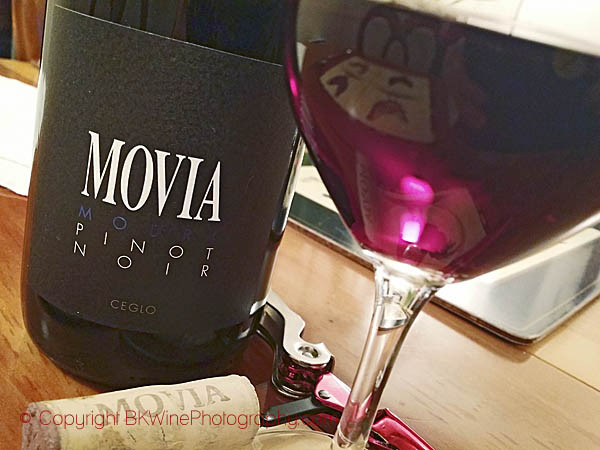
Twenty years celebration with 1998
France won the football – that’s soccer to US readers – World Cup in 1998, which might be an excuse for the Bordelais to open some bottles of the magnificent Right Bank ’98s. At a Cheval Blanc vertical tasting and seminar held by the Institute of Masters of Wine in 2006, the 1998 was by general consensus the wine of the day, superior to 1989, 1990, and perhaps even 1982.
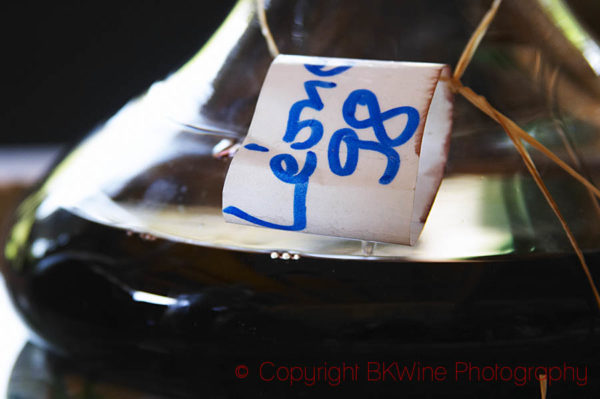
It was also a fine year in Alsace, the southern Rhône, and Champagne. Red and white Burgundy were as good as each other. The reds were tough and charmless when young but age has smoothed the abrasiveness.
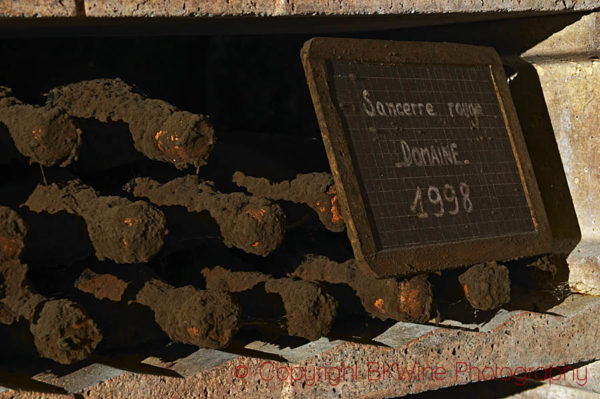
In the Barossa, Torbreck RunRig 1998 was a superb example of old vine Barossa Shiraz. At a stated 14.5% alcohol, it could be enjoyed without fear of a headache in the morning, unlike some subsequent vintages (like 2006 and 2007) of RunRig that went to 15%+, with the prospect of high Parker scores perhaps as much a cause of this as warm vintages.
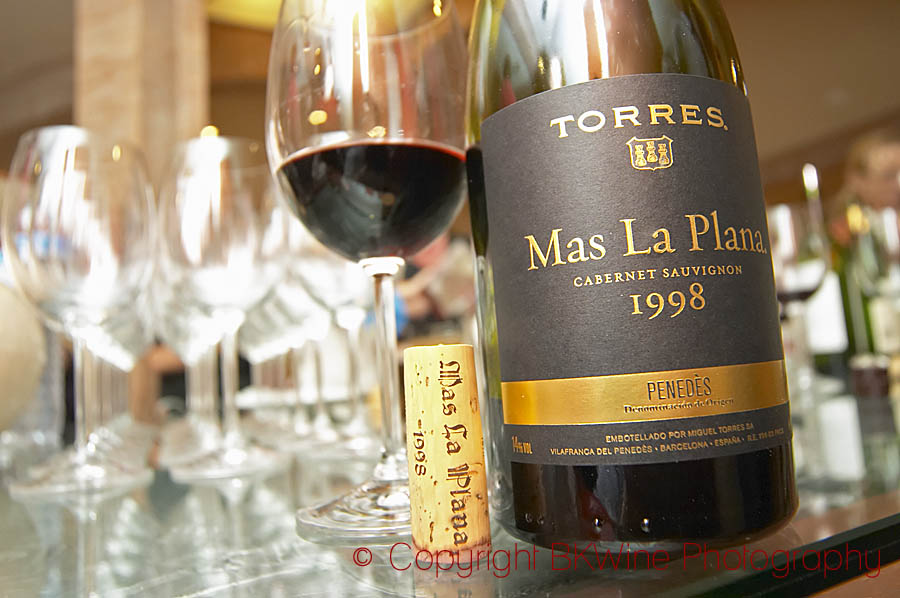
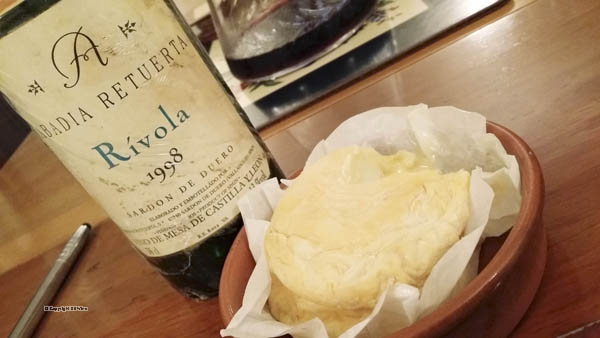
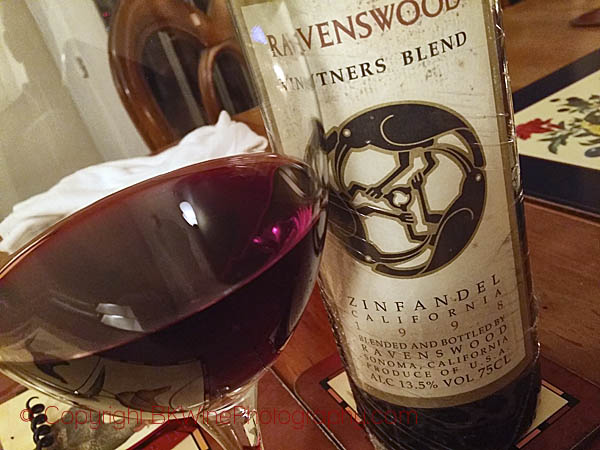
21st celebrations with excellent 1997
For 21st celebrations, Italy enjoyed a wonderful vintage almost everywhere in 1997. It was a good vintage in the Rhône, too. Jaboulet’s Hermitage La Chapelle 1997 was included in a vertical tasting by a London auctioneer in May 2005 and it was excellent, albeit atypically fruity and “sweet”.
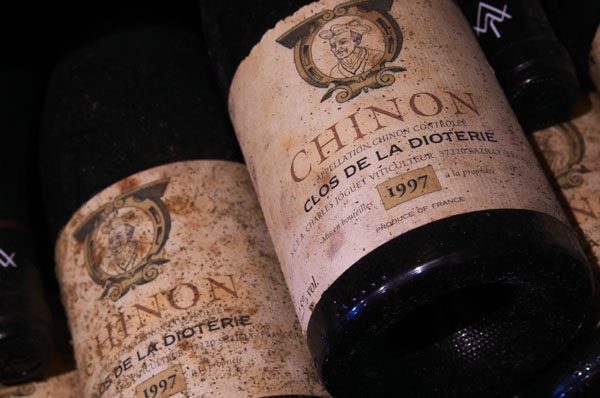
Bordeaux ’97 was a notoriously expensive vintage when released en primeur. The wines were charming but nowhere near the level of the ’96s. However, some ’97s have persisted and flourished – for example, Château Lynch-Moussas 1997, which I tasted repeatedly in December 2016.
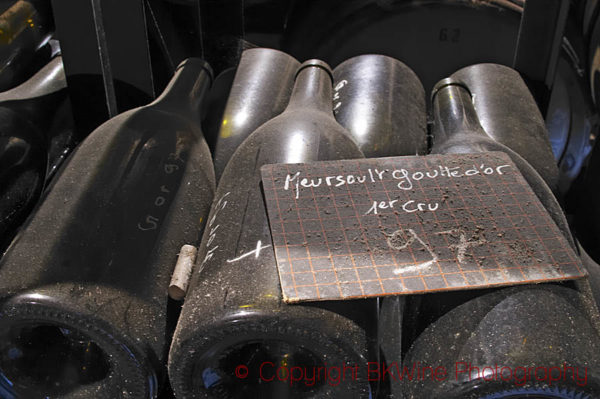
It was a white Burgundy vintage of plump, rich wines but the dreaded “premox” – premature oxidation with a variety of possible causes (higher-yielding Chardonnay vine clones, vinification techniques, lower sulphur dioxide [SO2] levels, faulty corks… Who knows?) – makes sourcing (and serving) these wines a risk.
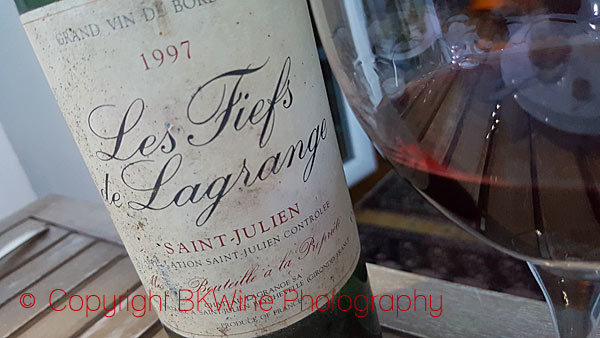
What about the 1988 and 1978 vintages?
Extremely rich wines for extremely rich people were made in Bordeaux, Burgundy, Champagne, and the Rhône in 1988. An old tasting note by me on Vieux Château Certan ’88 reads, “Very elegant and balanced, with the exception of the exuberant tannins, which seem rather out of place here. Lacks the finesse of the 1998 and 2000.”
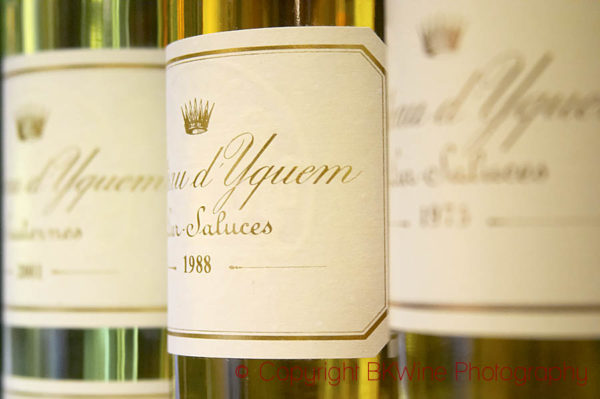
Forty-year-olds can enjoy great wines from Burgundy and the Rhône in 1978 – DRC and Hermitage La Chapelle if you can afford them. It was also a great year for Barolo and California.
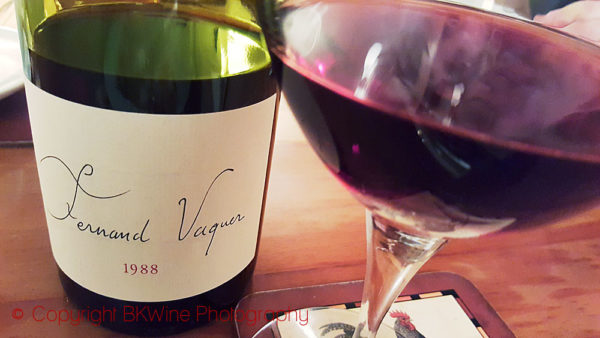
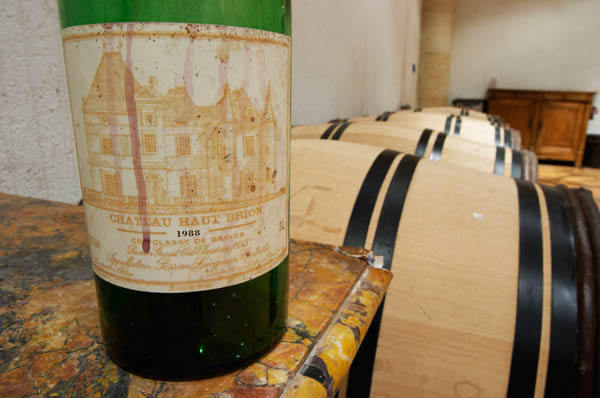
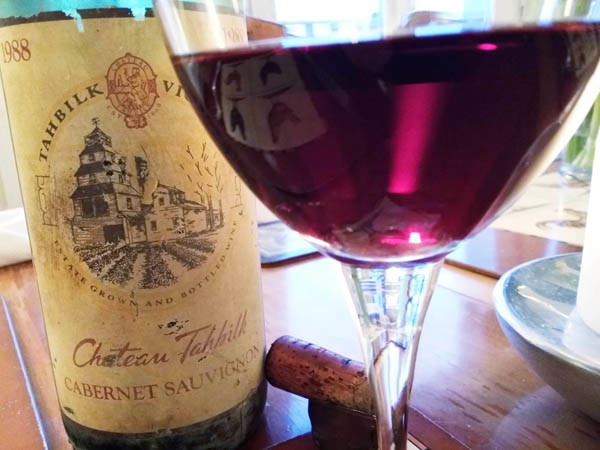
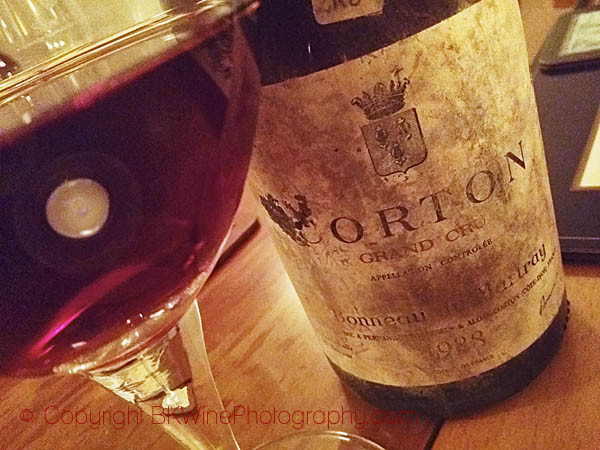
Bordeaux had a challenging year, saved by a lingering summer. Château Margaux 1978 – the first wine of the Mentzelopoulos era – has always enjoyed a high reputation. When last encountered it was a style of wine that would be perceived by many nowadays as unacceptably lean and tannic. Indeed, Margaux 1989 was harvested almost a month later than this. Other ’78s noted on my travels include a fading Château Pichon-Longueville-Baron and a pleasantly fruity Château Léoville-Poyferré.
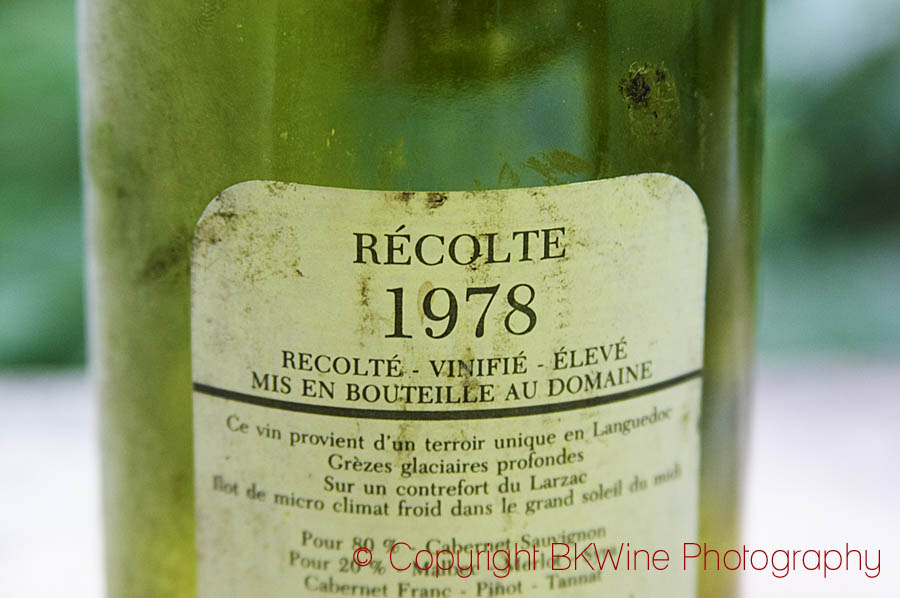
Argentina won the football World Cup in 1978 but there are not many Argentinean wines of that age still available. They’ve probably been drunk by Argentineans to commemorate their first World Cup win.
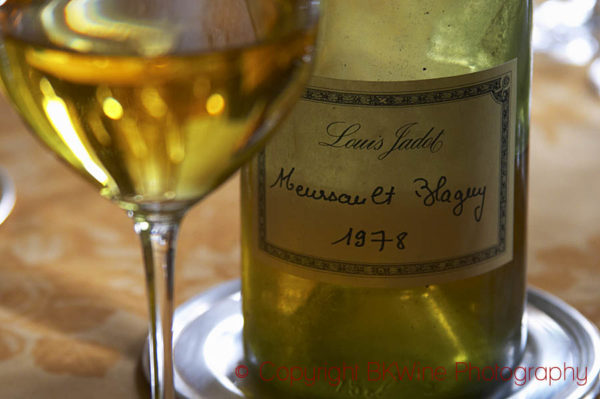
Read here if you turn 50 or more
Fifty-year-olds can compare how they’ve aged with great wines from California and Tokaj. Old Rioja can be of exceptional quality and value. A 1968 CVNE Imperial Gran Reserva was cedary and just starting to dry out on the finish but still a good, mature wine a few years ago.
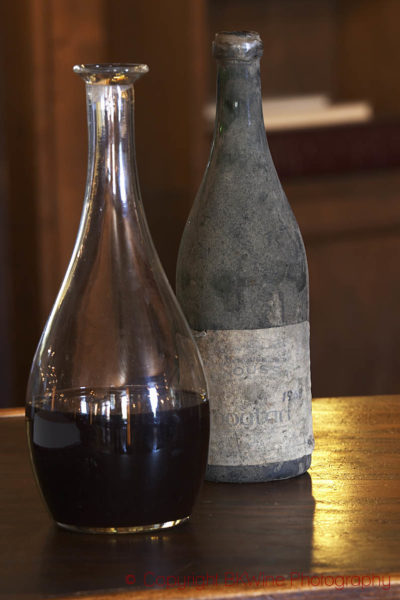
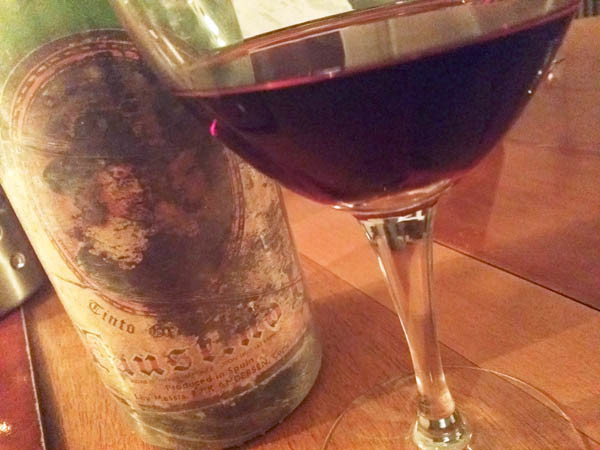
There’s not much to say about 1958, though it was a good year for Barolo. Madeira of any vintage is usually a decent drink. Cossart Bual 1958 is not a bad example of rustic, warming Madeira in my experience.
If you’re celebrating a 70th in 2018 then you’re in luck. Although overshadowed by the awesome reputation of the ’47s, 1948 produced some magnificent wines in Bordeaux. Vieux Château Certan 1948 was tasted – or rather, drunk – twice in a short period over ten years ago. I noted it as “a monster of a wine” because of its relentless tannins, which I suspect will keep it going ad nauseam. It was also a great year for Vintage Port.
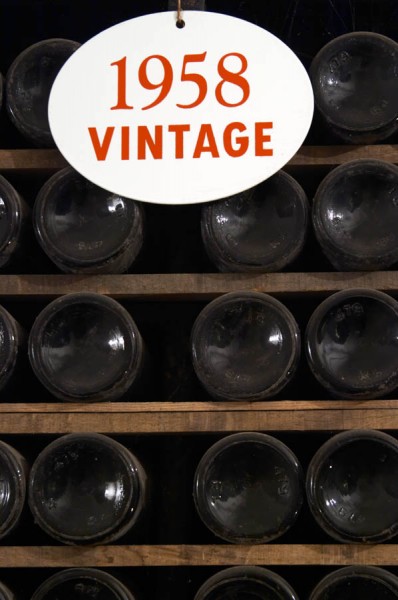
We will have to skip 1938, which was a poor year, but 1928 was one of those vintages when most, if not all, of the classic regions made wonderful wines, though they are now likely to be past their sell-by date. When last seen, Vieux Château Certan 1928 was just about hanging on in there. A better experience was had with a deeply-coloured and still tannic 1928 CVNE Imperial Gran Reserva. Ancient Rioja can be irresistible.
Centenarians can enjoy great Vintage Ports from 1908, especially Cockburn’s, which was the preeminent Port producer in the first half of the twentieth century before a long decline that was arrested only when Symington Family Estates acquired it from Beam Global Spirits & Wine in 2010.
The nineteenth century had several great “8” years (gr8s?). The last pre-Phylloxera vintage was in 1878, which was also a seminal year for literature: Thomas Hardy’s The Return of the Native, Henry James’s Daisy Miller, and Leo Tolstoy’s Anna Karenina were published this year. Of course you’ve read them all.
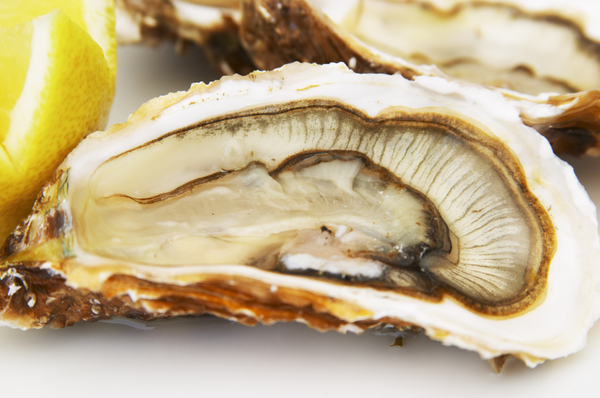
There is a delicious reference to Chablis and oysters in chapter ten of the first book of Anna Karenina. Levin and Stepan Arkadyevitch are dining together:
“What shall we drink?”
“What you like, only not too much. Champagne,” said Levin.
“What! To start with? You’re right though, I dare say. Do you like the white seal?”
“Cachet blanc,” prompted the Tatar.
“Very well, then, give us that brand with the oysters, and then we’ll see.”
“Yes, sir. And what table wine?”
“You can give us Nuits. Oh no, better the classic Chablis.”
“Yes, sir. And your cheese, your Excellency?”
“Oh, yes, Parmesan. Or would you like another?”
“No, it’s all the same to me,” said Levin, unable to suppress a smile.
Interesting to note that oysters and Chablis was already “classic” by 1878. Chablis, oysters, and Parmesan sounds like a decent meal to me. White Nuits-St-Georges is produced but it’s a tiny amount of the total percentage of Nuits wine – only about 40,000 bottles per year – and unlikely to have been found in nineteenth century Russian restaurants. Gouges and Chevillon make prime examples of white Nuits. But red Nuits with oysters…?
If you are looking for something beyond old
The 1850s were a difficult period for winemakers because of mediocre vintages and the threat of oidium (powdery mildew), a fungus that attacks the green parts of the vine. But by 1858 an antidote had been found: Sulphur. “Natural wine” enthusiasts can therefore enjoy pre-1858 wines with a clear conscience. In his Notes on a Cellar-Book (published in 1920), George Saintsbury describes “the great (Bordeaux) ’58s” as “very dear, not very plentiful, and getting a trifle old”. A bit like wine writers, really.
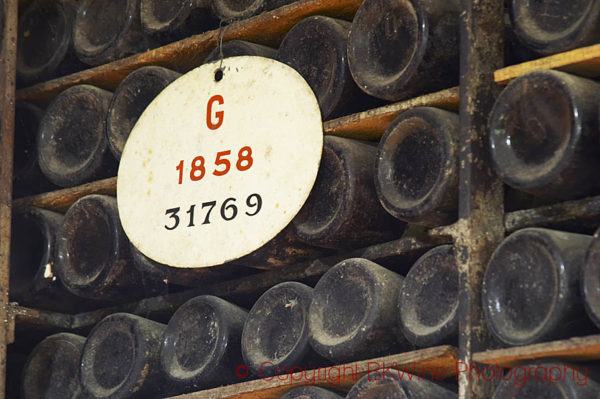
With oidium cured, it was the start of a prosperous period in Bordeaux and there was a lot of money floating around, with châteaux bought and sold for extraordinary sums. It could be similar in 2018.
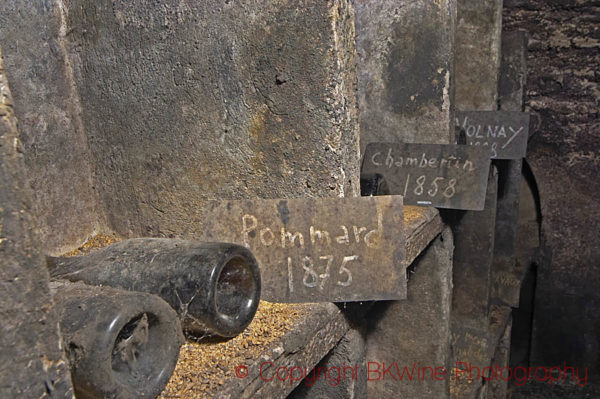
The 1868 vintage at Lafite is less notable for the wine – which was the highest-priced claret until the 20th century – than for the purchase of the château by German-born James Mayer de Rothschild, Baron de Rothschild, for the then colossal price of 4 million francs, equivalent to over $2,000,000 today, or about 600 bottles of 1982 Lafite. Henceforth it was Lafite Rothschild.
Not many vintages combine quality and quantity but 1848 did. Château Margaux, for example, produced 12,000 cases of great wine, which is about the same as the typical annual production nowadays of the château’s grand vin, with at least as much again of Pavillon Rouge.
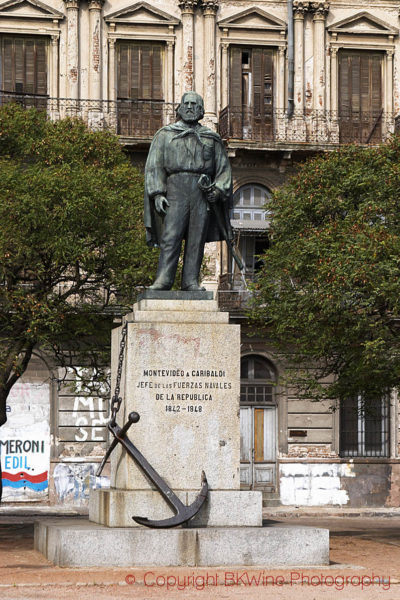
The year of revolutions saw the publication of William Makepeace Thackeray’s The Book of Snobs, which has many references to wine, including a description of a “wine party”: “Thirty lads round a table covered with bad sweetmeats, drinking bad wines, telling bad stories, singing bad songs over and over again.”
A hundred and seventy years later, snobs and lads drinking bad wines, telling bad stories, and singing bad songs can still be witnessed at over-hyped auctions in New York and Hong Kong.
Editor’s note: All wines in the photos were drunk (by me) with great pleasure, some indeed old but still enjoyable, except the ones that are on shelves, that I could not taste unfortunately.
Stuart George is London-based and is the founder and MD of Vins Extraordinaires, which offers fine and rare wine experiences and sales to corporate and private clients. He also has an extensive experience as a wine writer and editor as well as from the international trade in fine wines.



